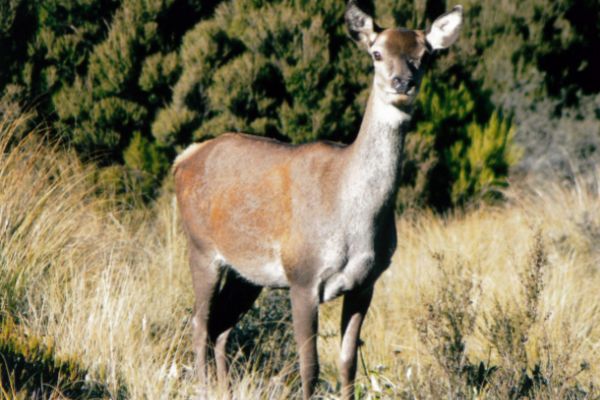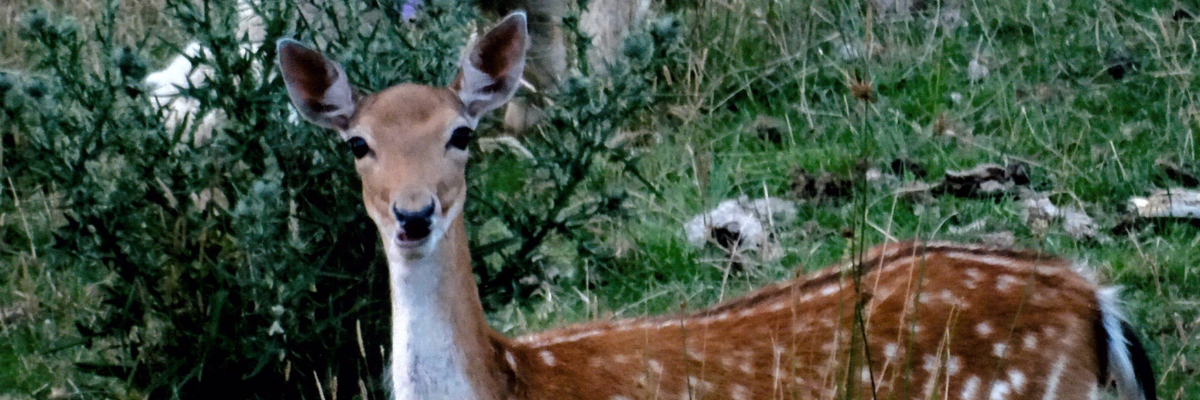Announcement:
20 December 2022
The NZDA Board has recently approved a co-funded significant project in Game Animal Management Strategy development focused on the Rakaia Catchment. It is timed to commence shortly and be complete next winter. It harnesses existing skills, knowledge and co-funding.
Policy laid out in Te Ara ki Mua, link HERE is the framework for linking future wild game management to the overarching DOC Biodiversity Strategy Te Mana o te Taiao, link HERE. Te Ara places a value on game animals and recreational hunting as was also proposed in the 2001 DOC Policy 2001 DOC Deer Management Policy . It will take persistent pressure and evidence to support our case as biodiversity protection will take precedence.
We need information, processes and tools that work to ensure our objectives are met with regard hunting activities, herd and environment health and community acceptance. Being proactive in this space is logical as it is unlikely other agencies or NGOs will come at this with an approach that is supportive to us.
This project is a case study in “at scale” management of a significant catchment, hunting area and herd in Canterbury. It is based on both empirical and social science to create structured strategy for the areas management in terms of highly desired game animals and other ungulates in relation to other environmental objectives.
If successful the process will have many potential applications across a broad sweep of the NZ hunting landscapes.
The full methodology and approach, whilst broadly set, is open for feedback and comment by NZDA and branches and the ongoing work will be refined in response to that feedback. Any further development of the methodology and associated implementation for additional sites would likewise be guided by the full list of stakeholders interests and advice at site.

Photo: Andrew Lang (2010) "I See Ya"
Project Plan:
The Upper Rakaia Game Animal Management Strategy is a document designed to guide the management of game animal species in the upper Rakaia catchment (refer to Map 1) away from a reactive, ‘boom and bust’ approach, to a proactive approach where goals/objectives are set and monitored. This will allow an adaptive management approach to be undertaken, where the programme can be further refined over time to ensure values at place are protected.
Creation of this document involves some fieldwork for gaining baseline data (valuable, but not a core component of this project), engagement with a range of stakeholders (most important aspect of the project) and mapping out general distribution of game animal species in the upper Rakaia catchment.
The developed strategy will take into consideration the values placed on game animals and indigenous biodiversity by the numerous stakeholders who use the upper Rakaia catchment. There will be a strong focus on relevant stakeholders, generally those who frequent the area and understand the historic, recreational, cultural, environmental and commercial value within this area and the increased well being as a result of having well-managed ungulate populations.
The outcome will include easy to use, online maps and recommendations of how these game animal herds are best managed, and by whom, to ensure quality, long-term hunting opportunities of healthy game animal herds, while protecting indigenous biodiversity in the catchment. Key recommendations will include which species (per sub catchment) require more consistent management, and which species should have restrictions on management, e.g. in upper catchments should there be consistent management of pigs to offset management activities leaving red stags.
The following deliverables will be treated as milestones to track progress of this project:
| Milestone | Description | Completion by |
| 1 | Agreement signed, including project scope | 7 December 2022 |
| 2 | Engagement with stakeholders commenced | 10 December 2022 |
| 3 | Engagement with stakeholders completed | 28 February 2023 |
| 4 | Draft Management Strategy submitted to NZDA and key stakeholders for feedback | 10 May 2023 |
| 5 | Final Management Strategy submitted to NZDA and sent to stakeholders | 31 May 2023 |
| 6 | Present findings in a presentation to NZDA Conference at Ashburton | July 2023 |
The Strategy will focus on the following species:
- Red Deer (Cervus elaphus)
- Fallow Deer (Dama dama)
- Feral Pigs (Sus scrofa)
- Chamois (Rupicapra rupicapra)
The following species will be mentioned, including how they affect (or are affected) by the Strategy, but detail of their management will not be covered:
- Himalayan tahr will be discussed, but management of tahr falls under the Himalayan Tahr Control Plan 1993 and subsequent operational plans.
- Feral goats will not be included in the Strategy in detail, as they are not a game animal. However, they will be discussed with some high-level goals/objectives for goats in this catchment.
- Bennett’s wallabies will be mentioned, to ensure there is a common understanding of the issue and where they should be reported, but management of this species falls under Environment Canterbury’s operations as part of the National Wallaby Programme funded through MPI.
Geographic area included within this Strategy:
Sub-catchments above the Rakaia/Wilberforce confluence.
Included in the Management Strategy
- Introduction. Context on the issue. Importance of retaining indigenous biodiversity, importance of hunting for recreation (including for meat as a resource), wellbeing, cultural value and commercial value. Introducing the importance of balance for healthy habitat and healthy game animal herds.
- Summary of poorly managed game animals in NZ, boom and bust, rather than proactive management
- Listing the game animal species and basic ecology/impacts/trophy potential
- Listing values and stakeholders involved in the Upper Rakaia catchment
- Listing key plans/strategies and other activities within the catchment, e.g. guided hunting, landscape-scale weed control, current wild animal control activities
- Mapping distribution of game animals in the catchment
- Mapping high-value species (at place) within the catchment
- Mapping lower-value species (at place) within the catchment
- Online GIS viewer to display the mapped outcomes, listed above
- List of measurable objectives for management of game animal species
- Funding required for effective programmes
- Risks to an effective programme
- Discussion section – improvements, opportunities and future actions required
Stakeholders for engagement:
- New Zealand Deerstalkers Association and local Branches
- GAC
- Iwi
- Local landholders
- Local aerial operator/s
- New Zealand Game Animal Council
- NZ Professional Hunting Guides Association
- Department of Conservation
- Heritage Red Deer Foundation
- Land Information New Zealand
- Environment Canterbury
- Fish and Game
- Forest and Bird
Research Provider and Processes:
Researcher:
- Pete Caldwell of Boffa Miskell– link to Pete's Bio Boffa Miskell Link to BM
- Pete is a hunter, NZDA member and has been involved in Rakaia catchment work for some time so good knowledge of area and parties.
Investment:
- Co-funded 50:50 by NZDA and Boffa Miskell – total cost $48k
- Approved by NZDA Board.
- Project process oversight for NZDA - Richard Wells to CE and Board

